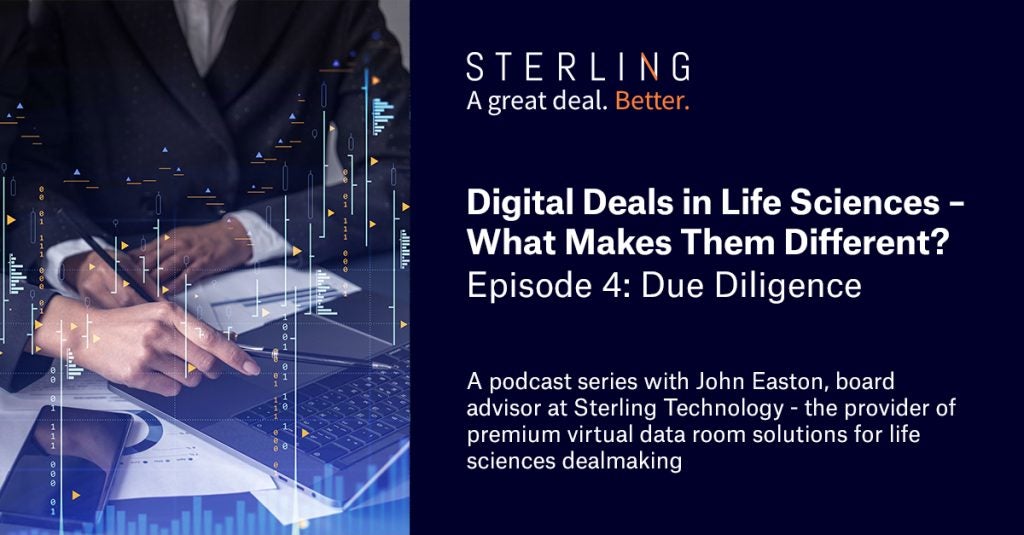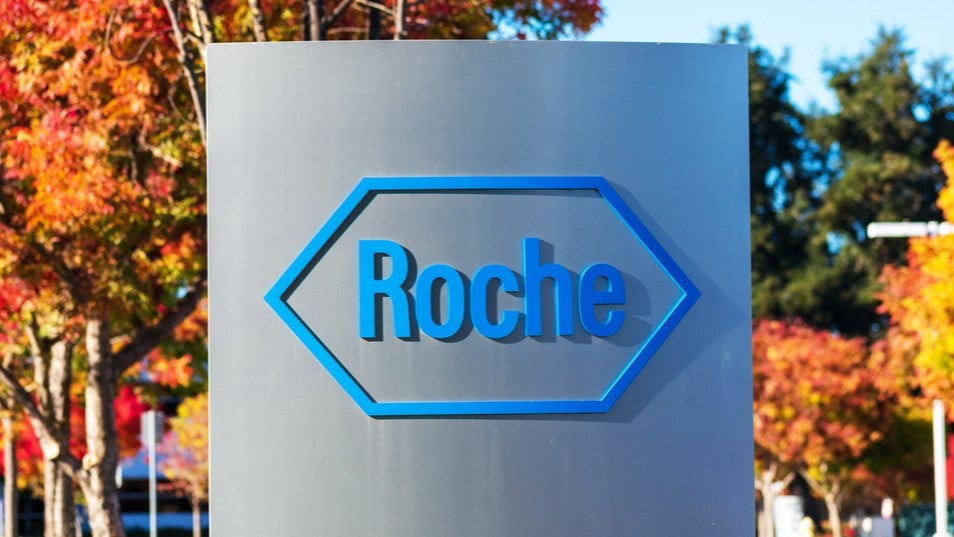The incidence of sports-related injuries is increasing, and both amateur and professional athletes risk injury each time they train or compete. Cyclists, football players and American football players are particularly at risk for head injuries due to falls and high-impact gameplay. Head injuries are a significant issue, as brain trauma can affect individuals physically, mentally, emotionally and socially. Brain trauma affects how the brain works and often presents as difficult-to-treat symptoms, from dizziness and headaches to disorientation, mood swings, memory problems or seizures, and can persist for just a few days up to years or decades.
Head injuries are often more difficult to detect than wounds or orthopaedic injuries and, in some cases, they do not present symptoms until long after the initial injury, leading to a complicated diagnosis and treatment process. This may also result in athletes training or competing before a head injury is healed, making them vulnerable to repeated brain injuries. Mild brain trauma such as concussions repeated over time can lead to conditions such as chronic traumatic encephalopathy (CTE), which is a degenerative disease with symptoms similar to Alzheimer’s disease (impact on memory, mood, confusion and thinking) and Parkinson’s disease (tremor, slow movement and muscle stiffness).
Medical emergencies such as brain swelling and bleeds have well-established neurosurgical treatments, but chronic conditions do not have any treatment options. However, neurological conditions such as Alzheimer’s and Parkinson’s can be treated using neuromodulation devices such as deep brain stimulators and vagus nerve stimulators. Preliminary studies suggest these devices could also be used to treat CTE and sports-related traumatic brain injuries. With the global population ageing and the incidence of neurological conditions increasing, the neuromodulation device market is estimated to grow at a compound annual growth rate of 6.3% to a value of $10.7bn by 2030, according to GlobalData, which will help to promote research and development for additional indications.
Advanced diagnosis and treatment methods can improve the quality of life for individuals suffering from traumatic brain injury and chronic conditions; however, these injuries will still place a heavy burden on families. Care must be taken to properly protect and educate younger players to decrease their risk of developing conditions later in life. According to the US Centres for Disease Control and Prevention (CDC), around 15% of all high school students in the US reported at least one sports or recreation-related concussion in the previous 12 months. Most sports-related injuries are fully preventable, and regulation and practice can help to prevent serious and repeated injuries.
The ability to freely substitute one player in the event of a suspected concussion, termed ‘additional permanent concussion substitution’ (APCS), debuted as a part of the International Federation of Association Football (FIFA) in 2022. The Premier League, Football Association and English Football League have all previously adopted this rule, which will help reduce repeated injuries and promote player safety.
See Also:
How well do you really know your competitors?
Access the most comprehensive Company Profiles on the market, powered by GlobalData. Save hours of research. Gain competitive edge.

Thank you!
Your download email will arrive shortly
Not ready to buy yet? Download a free sample
We are confident about the unique quality of our Company Profiles. However, we want you to make the most beneficial decision for your business, so we offer a free sample that you can download by submitting the below form
By GlobalData









Related Company Profiles
Centres for Disease Control and Prevention
English Football League
The Premier League